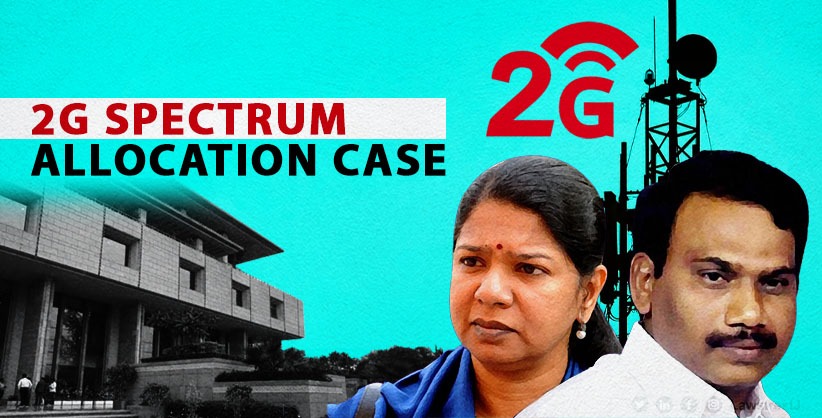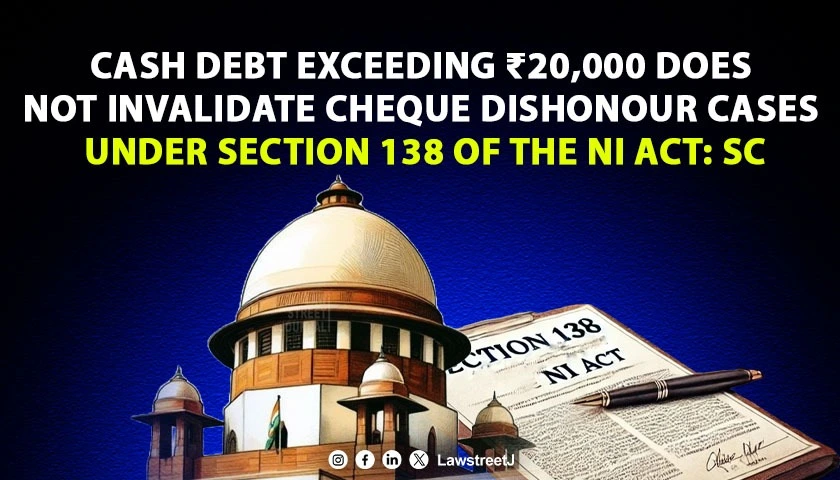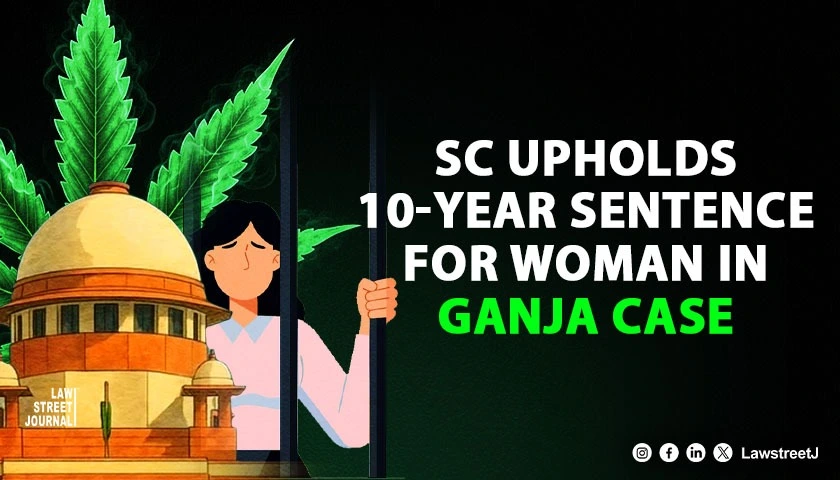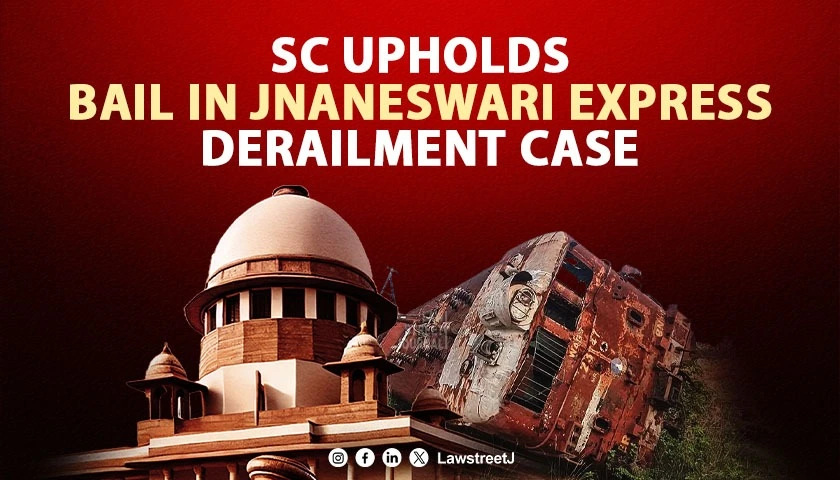New Delhi: The Delhi High Court has delivered a significant judgment quashing criminal proceedings against an advocate for allegedly running a commercial establishment from a residential basement, emphasizing that a lawyer’s professional office does not constitute a commercial activity and that such use is permissible under the Master Development Plan, 2001 and the Delhi Building Bye-Laws, 1983.
Justice Neena Bansal Krishna distinguished between professional services and commercial activities, the binding nature of Master Development Plans, and the abuse of process arising when unsubstantiated complaints remain pending for over two decades.
The court addressed Criminal Miscellaneous Case No. 4881/2005 filed by B.K. Sood, challenging Complaint No. 487/2004 under Section 252 read with Section 369(1) of the NDMC Act, 1994.
Addressing the background of the case, the court observed, “The petitioner submits that he is a practicing Advocate of this Court and is in the possession and occupation of premises bearing No. 17-18, Lower Ground Floor (LGF), Golf Apartments, Sujan Singh Park, New Delhi. As per summons received on 12.08.2005, the petitioner is alleged to have committed an offence under Section 252 read with Section 369 of the NDMC Act. Allegations of misuse of premises were premised on his carrying out commercial activity by running a lawyer’s office without the permission of the Chairperson, NDMC.”
The court highlighted the fundamental question, stating, “The question which arises is whether the legal services rendered by the office of a lawyer would amount to ‘commercial activity’. It is asserted that there are certain characteristics which distinguish business and commercial activity from professional service.”
In a critical observation about professional services, the court stated, “While a commercial activity involves investment of capital, profit and loss, and co-operation of labour; on the other hand, the professional service of rendering advice in law is dependent upon one’s own academic qualification and individual skill. These peculiar and distinctive features of the legal profession do not permit its inclusion in commercial or semi-commercial activity, establishment, or institution.”
The court referenced the Supreme Court’s definition in M.P. Electricity Board and Others v. Narayan and Another (2005) 7 SCC 283, noting that “the word ‘commercial’ has been defined to mean: relates to or is connected with trade and traffic or commerce in general; is occupied with business and commerce. The expression, commerce or commercial necessarily has a concept of a trading activity. But in the legal profession, there is no such kind of buying or selling nor any trading of any kind whatsoever.”
Regarding the nature of a lawyer’s office, the court observed, citing V. Sasidharan v. M/s. Peter and Karunakar and Others AIR 1984 SC 1700, that “the Supreme Court held that a firm of lawyers is not an ‘establishment’. A lawyer’s office is not an administrative service. It seems to us doing violence to the language to hold that a lawyer’s office is an administrative service.”
The court extensively quoted the Bombay High Court in Sakharam Kherdekar v. City of Nagpur Corporation and Others AIR 1964 200, emphasizing that “the very concept of any activity which can justly be called a commercial activity must imply some investment of capital, and the activity must run the risk of profit or loss. The relations between a counsel and his client are not analogous to those of a trader and his customer. The client is not his customer; there is a certain fiduciary relation between them, when the counsel accepts a brief.”
In addressing the unique nature of the legal profession, the court stated, “The obligations do not end with the disposal of the case; they continue so far as the lawyer is concerned. He has obligations not only to the client but also to the Court, and generally to the administration of justice, in which he performs a healthy and necessary function. The commercial character of business, which is an essential condition of a commercial activity, is absent in the lawyer’s profession.”
The court concluded on this aspect by observing, “Therefore, the first conclusion that emerges is that the activity of running an office by the lawyer is not a commercial activity.”
Regarding the Master Development Plan, the court emphasized, “The notified Development Plan has a legal sanction and provisions contained therein are mandatory in nature. They are incapable of being altered or varied without following the due process prescribed in law.”
The court noted the permissibility of professional use, stating, “Clause 10 of MDP, 2001 deals with Mixed Use Regulation—Non-Residential Use of Residential Premises. It provides that the resident can be permitted to use part of his residence to the extent of 25% or 50 sq. meters, whichever is less, for a non-residential or a non-nuisance activity, which is for the purpose of rendering services based on his professional skills.”
Regarding basement usage, the court observed, “Clause 14.12.1.1 (vii) of the Delhi Building Bye-Laws, 1983 provides that the basement can be used for office or commercial purpose, provided it is air-conditioned. It is evident that the basement can be used for commercial or office purposes, which in the present case was indeed being used as the office of the lawyer.”
In addressing the inspection deficiencies, the court stated, “The inspection of the premises was carried out on 27.10.2003, but in the entire Inspection Report, none of these aspects about height, extent of floor area or absence of air-conditioner has been mentioned. There is nothing to show that the premises in dispute, which was being used as a lawyer’s office, did not meet any of the requirements stated therein.”
The court concluded by emphasizing abuse of process, stating, “It has to be necessarily concluded that there was no misuse of the premises by the petitioner, who had been running his office in terms of MDP, 2001 read with the Delhi Building Bye-Laws, 1983. The prosecution has not been able to even prima facie show that there was any violation.”
In its final directive, the court stated, “Considering the nature of unsubstantiated allegations and the case having been pending for more than 22 years, it would be an abuse of the process of law and would not serve any interest of justice if such a complaint is permitted to continue and choke the judicial system. The petition is therefore allowed, and Complaint No. 487/2004 under Section 252 read with Section 369(1) of the NDMC Act, 1994, and all consequential proceedings emanating therefrom, are quashed.”
The court further emphasized that this case entailed imprisonment up to six months or a fine of Rs. 5,000/- under Section 369(1) of the NDMC Act, and allowing it to continue would amount to an abuse of process.
Mr. A.S. Chandhiok, Senior Advocate, with Mr. Tarranjit Singh Sawhney and Ms. Jasmeet Kaur Ajimal, appeared for the petitioner, while Mr. Abhinav Bajaj, ASC, with Mr. Saksham Ojha and Ms. Geetashi Chandna, appeared for the respondent.
Case Title: B.K. Sood v. North Delhi Municipal Corporation

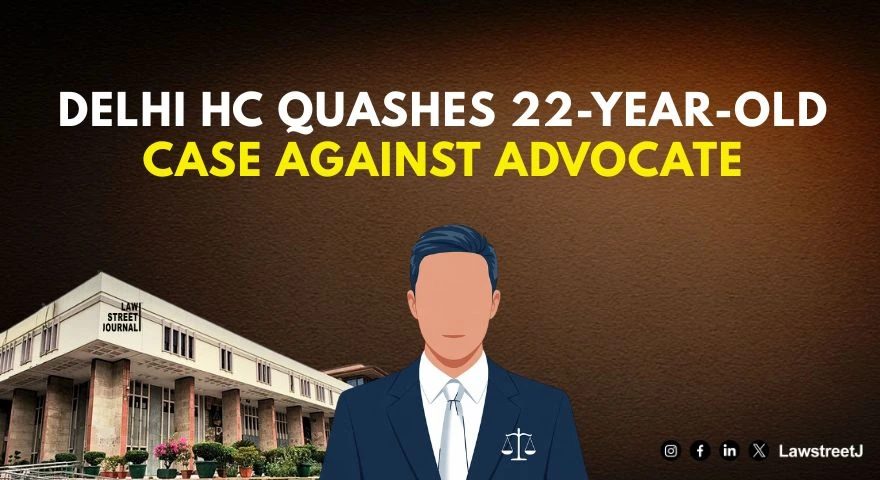

![Delhi High Court Sets Aside Arbitral Tribunal's Award Against NHAI in Highway Project Delay Case [Read Judgment]](/secure/uploads/2023/07/lj_9605_23374c2e-392c-4491-a2fe-f2f12fc5272f.jpg)
![Delhi Court Rejects Stay Request in Defamation Case Against Rajasthan CM Ashok Gehlot [Read Order]](/secure/uploads/2023/08/lj_5208_80de1ddc-d76a-4f7f-b180-408e3ae14fb4.jpg)
